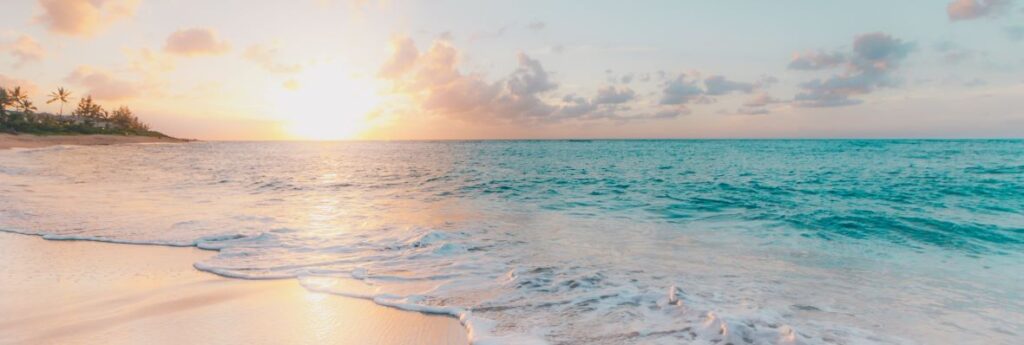As people flock back to Hawaii after more than a year of pandemic travel restrictions and causing crowded neighbourhoods, highways and beaches, some industry experts are calling for more environmentally responsible and sustainable forms of tourism.
Hawaii in 2019 had a record 10.4 million visitors. Travel to the islands was almost nonexistent for much of 2020 as coronavirus quarantine rules and travel restrictions were put in place. Now, daily arrivals are quickly approaching those experienced before the pandemic.
John De Fries, president and CEO of the Hawaii Tourism Authority, said taking care of Hawaii’s communities and land should be a major part of the hospitality industry’s business model.
“Unless we’re clear about who we are, our responsibilities, caring for our aina, caring for our kai, caring for our children and communities; unless we mold that into a new model for tourism, we’re not going to be able to compete successfully,” said De Fries, “And we’re not going to be able to hold the confidence of our communities that this industry, in fact, can be of benefit to our quality of life.”
Aina means land in Hawaiian and kai means sea.
Pauline Sheldon, professor and former dean of the University of Hawaii’s School of Travel Industry Management, said “regenerative tourism” — a model she’s studied in Canada and New Zealand — could be a way forward.
“It’s very important that we stop thinking of tourism as an industry. It is a system that is nested in other living systems – food systems, health systems, medical systems, transportation systems,” said Sheldon, “And so if we think about it as a system that’s connected to other networks, then we make very different decisions than if we just think about an industry.”
Tourism officials have been pushing a sustainable agenda in a recent advertising campaign called ‘Malama Hawaii,’ based on the Hawaiian word that means to give back, take care of, preserve or protect.
Kainoa Daines, the Director of Culture and Product Development at the Hawaii Visitors and Convention Bureau, said some hotels now offer incentives such as free nights or meals if tourists give back to the community.
That could mean working in a taro root patch or restoring a Hawaiian fishpond, Daines said, acknowledging that such activities are not for everyone.
“Again, the message that we’re conveying through Malama (Hawaii) is inviting our visitor to come to Hawaii. Join the community, be part of the effort to keep this place beautiful so that your grandkids can come and visit and my grandkids can live here in their home,” said Daines.

